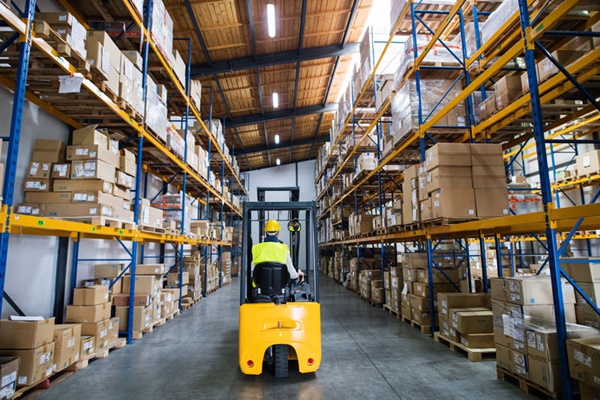For factories and warehouses to continue operating smoothly and efficiently, reliable material handling equipment must be bought. The swift and secure flow of commodities is essential in the fast-paced world of businesses, warehouses, and distribution centres. Reliable storage and transportation tools are used to complete this important activity. In addition to streamlining processes, these solutions help firms succeed as a whole and be more productive. The need to shop for reliable material handling equipment in Australia is explored in this article, along with its varieties, and benefits.
Numerous sectors rely on dependable material handling equipment to enable the smooth transportation, storage, the leadership team, and protection of materials and goods. The following advice will assist you select the appropriate equipment:
1. Identify Your Needs:
Identify the materials you’ll be dealing. Do you have palletized products, loose objects, liquids, or something else on your hands? Forklifts, conveyors, or cranes could be necessary depending on the type of material. Define your material handling demands precisely. Be aware of what substances you’ll be handling, their weight and size, how often you’ll be handling them, and the particular jobs your tools must carry out.
2. Research Equipment Types:
Forklifts, pallet jacks, conveyor systems, cranes, and other forms of material handling equipment are only a few instances. Learn about the abilities, benefits, and limits of each kind through carrying out research. Pick the piece of equipment that best meets your needs.
3. Consider Ergonomics:
The safety and effectiveness of material handling are significantly influenced by ergonomics. In order to create pleasing and safe working conditions, use equipment that minimizes strain on operators and lowers the likelihood of accidents.
4. Quality and Reliability:
Give top priority to machinery from recognized producers that are known for creating reliable and long-lasting goods. Check the equipment’s certifications, ratings, and reviews from previous customers and others in the sector.
5. Maintenance and Support:
Reliable machinery comes with appropriate upkeep and assistance. Find out if the manufacturer or dealer offers after-sales assistance, easy maintenance, and replacement parts availability.
6. Safety Features:
An absolute must-have is safety. Ensure that the machinery you choose has safety features like load capacity indicators, anti-tipping systems, emergency stop buttons, and designed effectively operator cabins or controls.
7. Customization Options:
Some equipment can be modified or accessorized in accordance with your unique requirements. This may enhance the equipment’s usability and capacity to adapt to your activities.
8. Energy Efficiency:
If the equipment will be in use for extended periods, pay attention to its energy efficiency. Technology that uses less energy can assist lower operating expenses and environmental effect.
9. Training and Operator Requirements:
Make sure that your operators have the necessary training to operate the machinery in a safe and efficient manner. Some machinery could need particular certificates or training courses. Visit showrooms whenever you can, or ask to see the equipment in operation during a demonstration. This can help you comprehend how the machinery works and how it might fit into your process.
10. Warranty and Service Contracts:
With a good warranty and service agreement, you can relax and take care of any issues that could arise. If you are unsure of your equipment needs, you might want to contact material handling experts. Based on your particular demands, they could provide knowledgeable judgments and recommendations.
Remember that investing in reliable material handling equipment is a long-term decision that can significantly impact your operational efficiency and safety.
